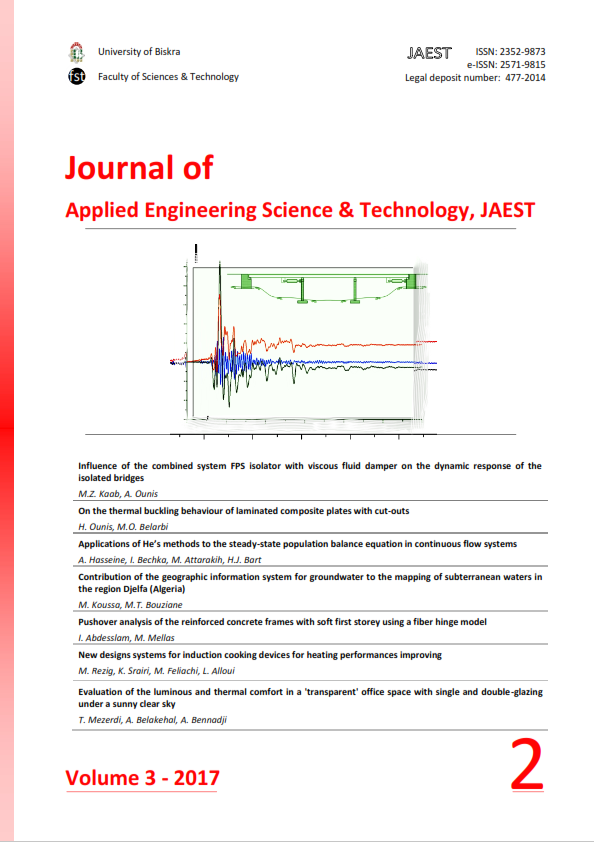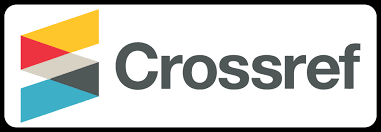Evaluation of the luminous and thermal comfort in a 'transparent' office space with single and double-glazing under a sunny clear sky
DOI:
https://doi.org/10.69717/jaest.v3.i2.70Keywords:
Transparency, office work, hot and arid climate, double glazing, luminance, energy consumptionAbstract
The main objective of this study is to evaluate the light and thermal comfort in a 'transparent' office. This last term designates a working space whose outer wall is entirely glazed by a simple transparent glazing in a first case, and a transparent double glazing in a second case, in the context of arid environments with a hot and dry climate and therefore under the sky Bright sunny. Various solar protections are used for the case of simple glazing and the best performing among them is maintained for office simulations with double-glazing. The study was carried out using an experimental approach. Thus, computer simulations using ECOTECT and RADIANCE softwares were carried out for transparent desk models in order to evaluate: i) illuminance on the worktop ii) luminance in the field Visual, (iii) indoor air temperatures, (iv) and annual energy consumption. It was carried out for south-facing offices at a location with a latitude of 34.48° North and a longitude of 5.73° East. The evaluation of the results obtained is based on recommended reference values for the various simulated indicators. Based on the results obtained from natural light and thermal performance in a single-glazed transparent office, the cases tested were classified according to their degrees of performance in order to choose the optimal orientation for the case of south orientation. In this respect, one notes essentially the performance of the office whose facade is a curtain wall double transparent windows oriented South equipped with a system 'Light shelf'.
Downloads
Downloads
Published
Issue
Section
License

This work is licensed under a Creative Commons Attribution-NonCommercial 4.0 International License.













